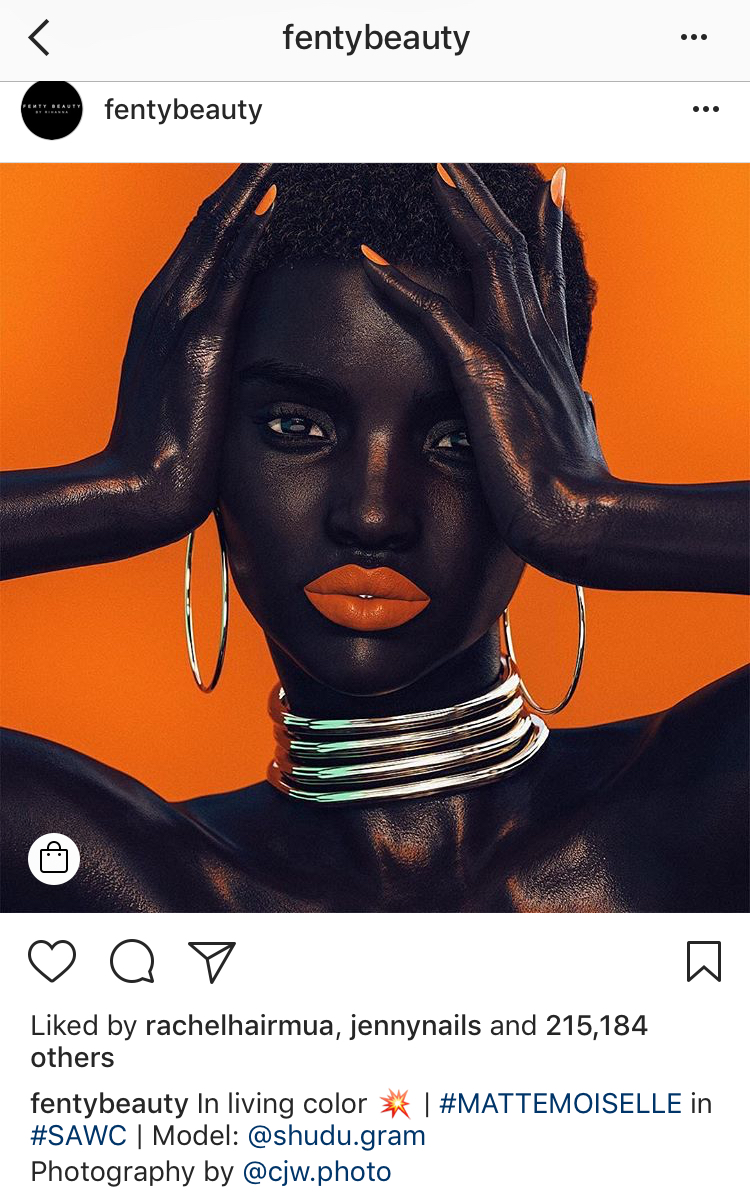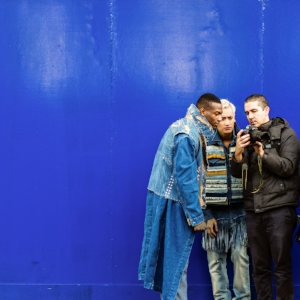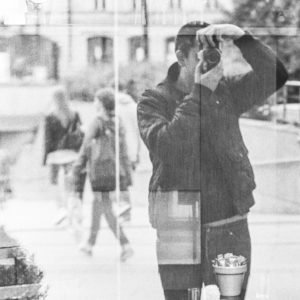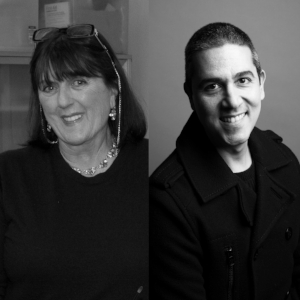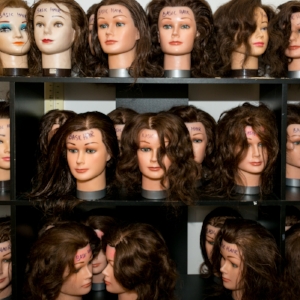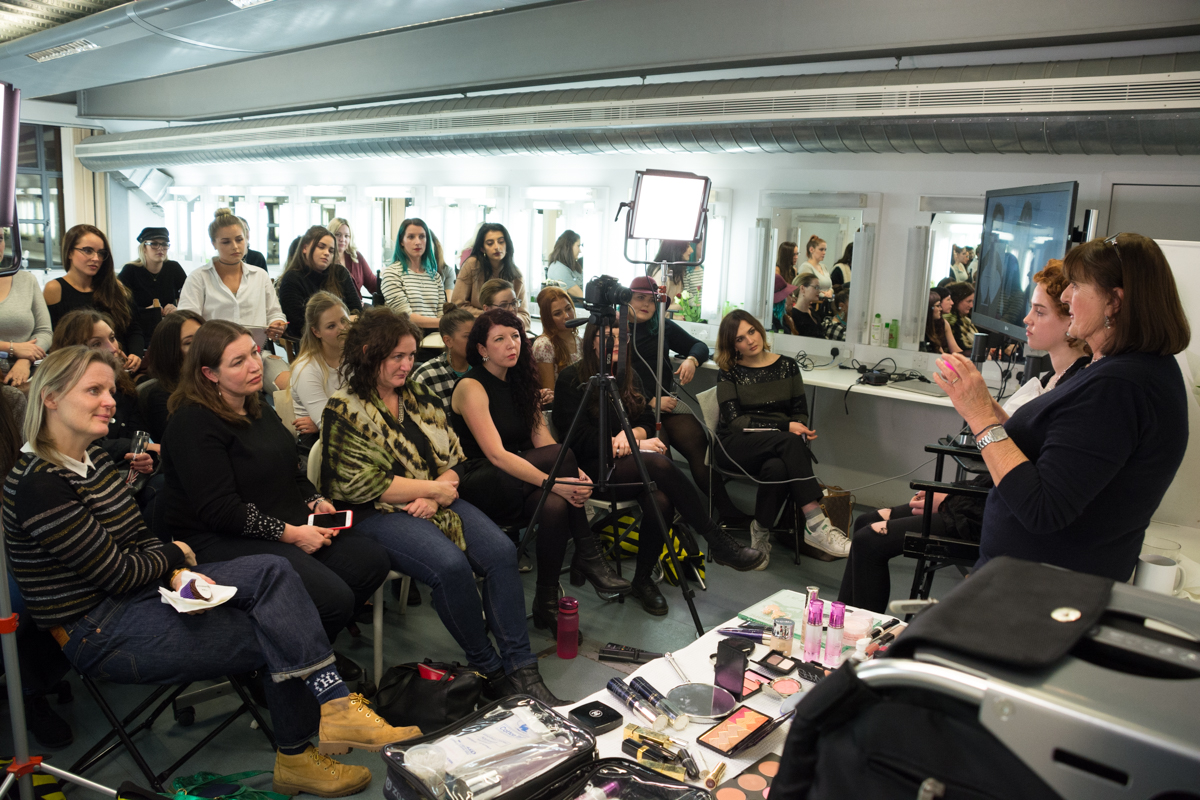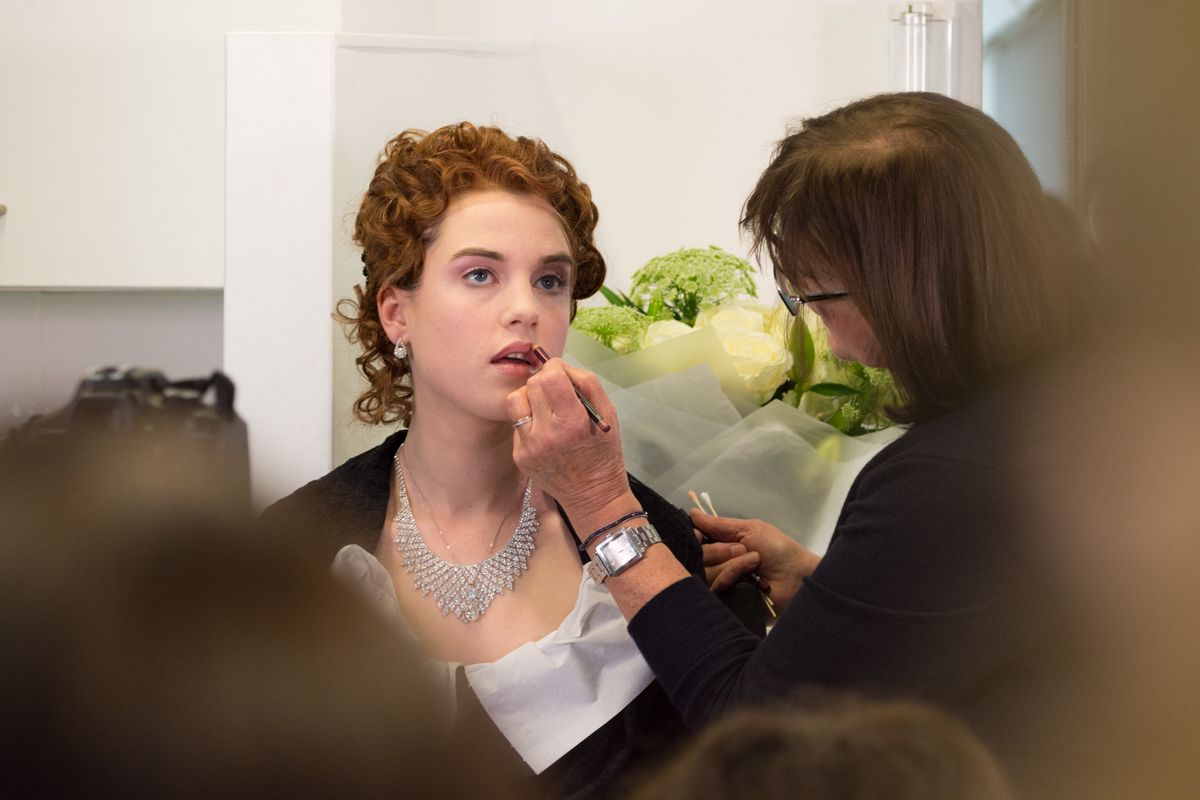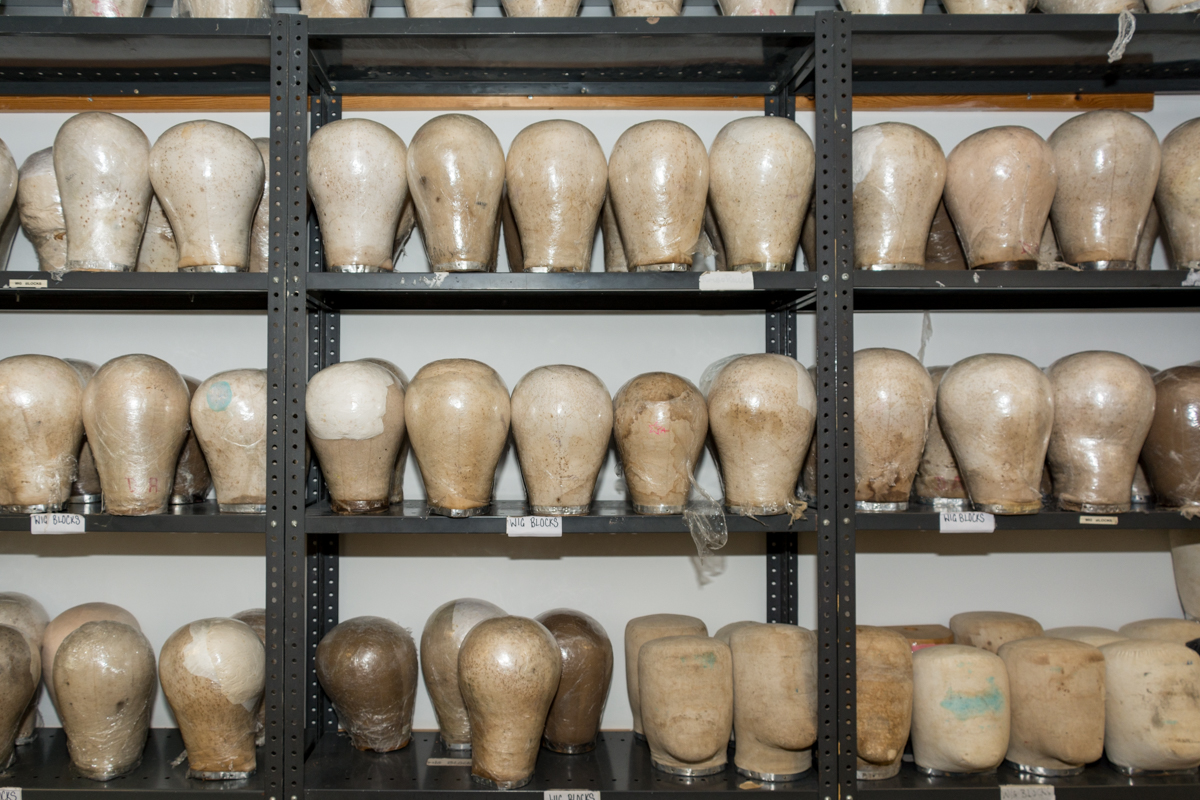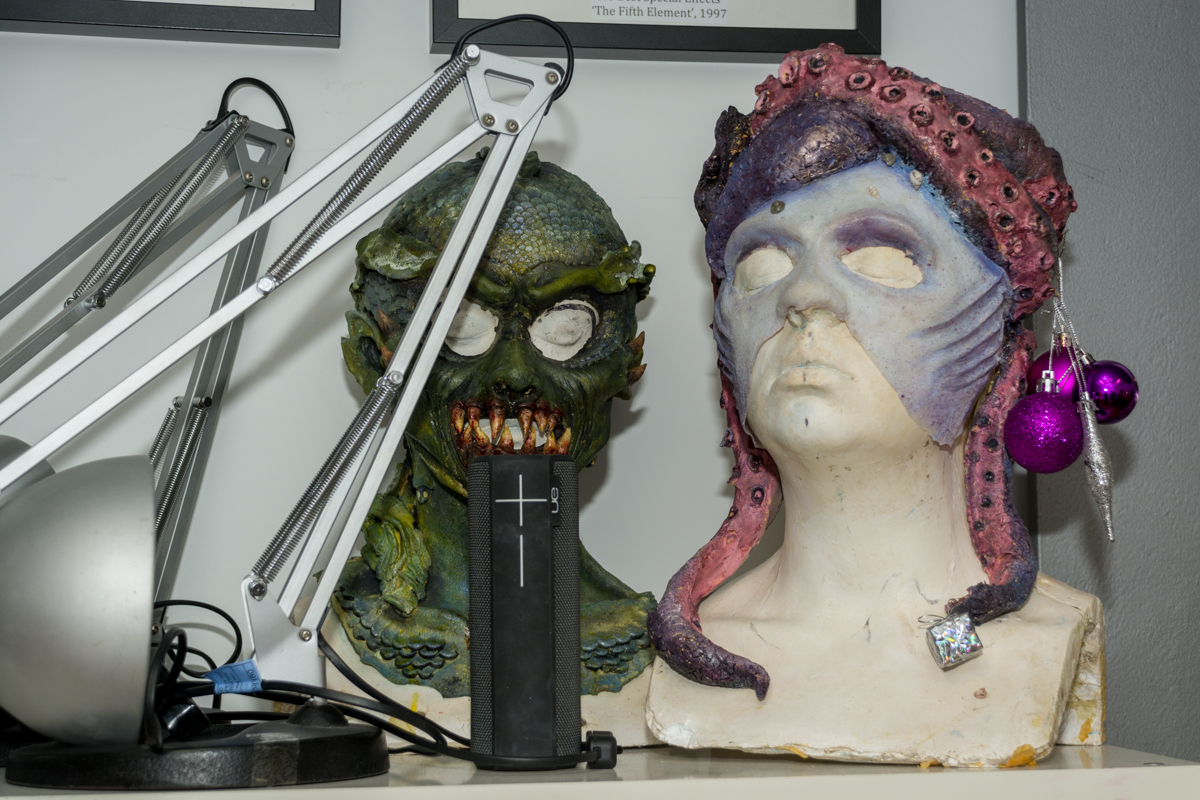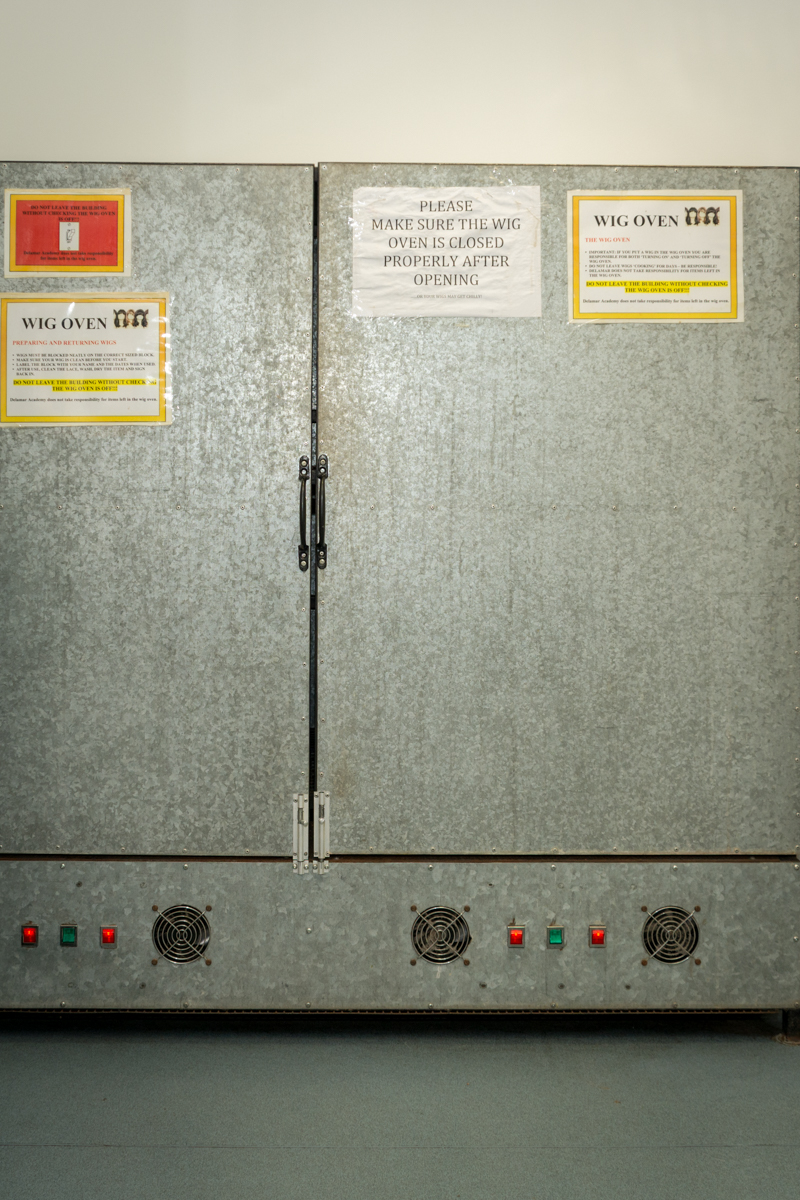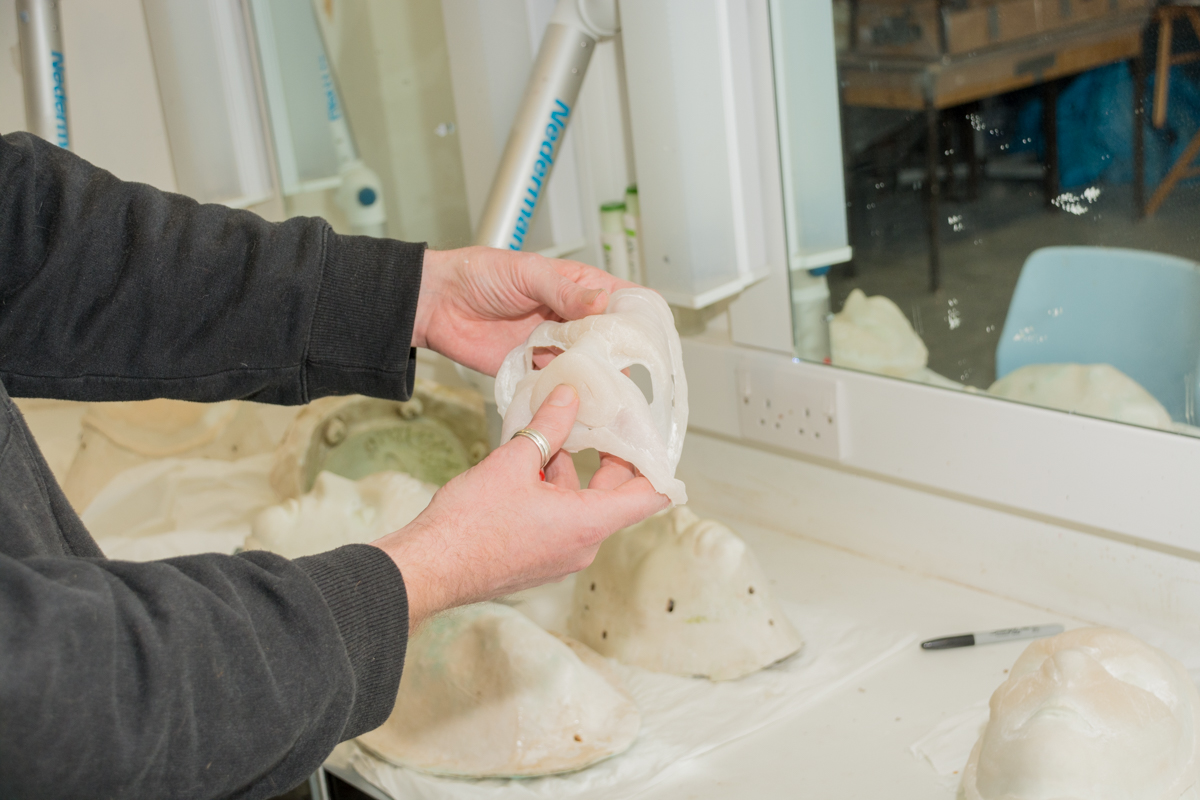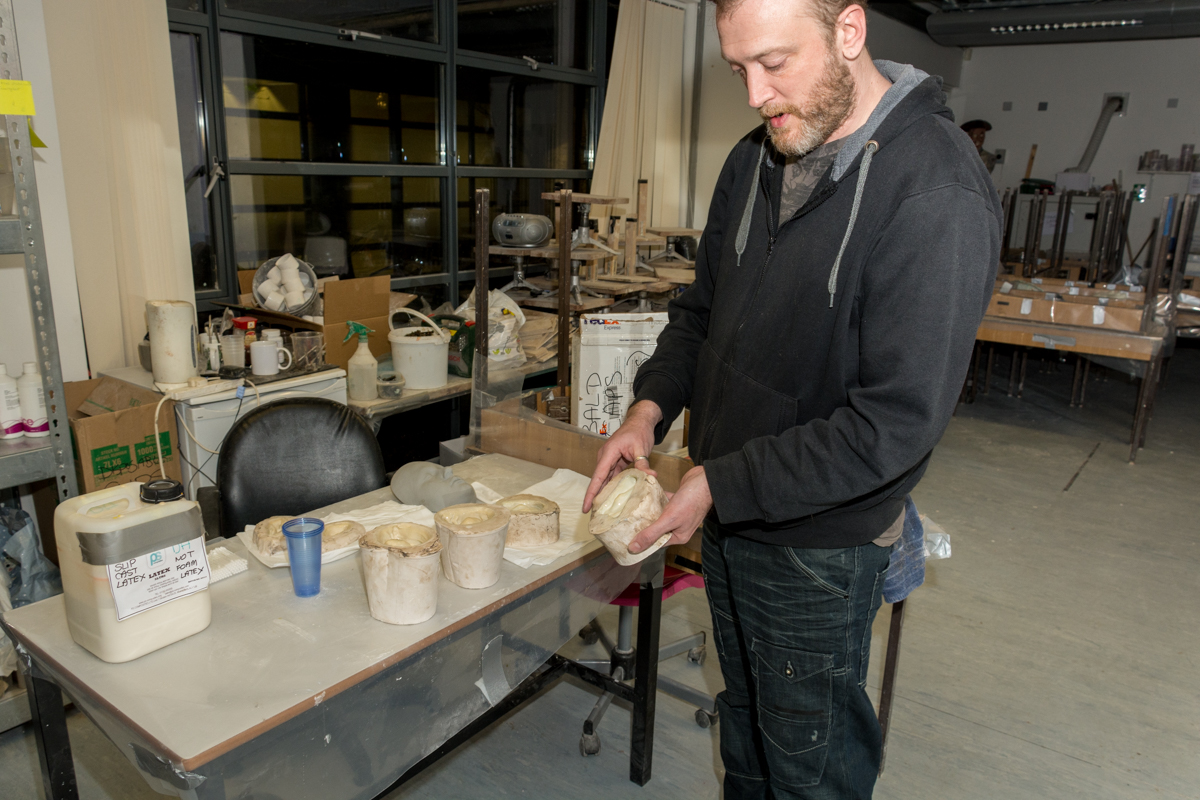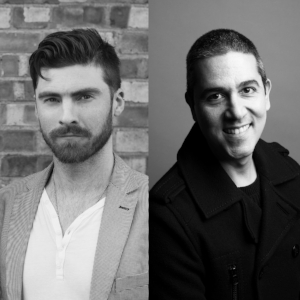This is the ninth post in my series of monthly posts where I speak with people in the creative industries and ask them questions about the things that "I Wish I Had Known" when I started out as a creative myself.
A few weeks ago I had a really interesting conversation with Jessica Morera, the Wholesale Sales Manager for Iberia at Guess Europe, about her career in sales in the fashion industry and on how being proactive can open many doors:
1. You have an extensive career in sales in the Fashion Industry, working for companies like Calvin Klein, Inditex, Desigual and currently Guess. What made you go into Fashion? And why Sales?
It was actually pure luck. I had never looked into fashion as a career option, but right after I moved to New York I was offered a temp job as a receptionist at Calvin Klein. Since there was little to do at the reception and I like to keep myself busy, I asked all the departments around me if they needed any help with any projects. They started giving me little things here and there, which increased in quantity and complexity over time. After a few months, there was an opening in sales and I got a recommendation from one of the people whom I had been helping.
It was love at first sight. Attending fashion shows, presenting the collection, building relationships with my customers, but, above all, learning about the business from professionals with many years of experience.
I was extremely fortunate, but I must admit that my proactivity got me that opportunity.
2. Usually, when people think of the Fashion Industry, they think of designers, models, photographers, hair stylists, makeup artists and editors, but they forget about all the supporting roles that keep the industry alive. What exactly does a person in Sales in a Fashion brand do?
That is true, often people think that their role is what really makes the difference in this industry. Creatives think that without the “magic” that they make a product would not be attractive or have a demand in the market. Salespeople think that without them, the product wouldn’t make it to the point of sale and the business would not be able to survive. The truth is that one without the other would not have a future, both sides of the industry are equally important and need each other to exist. Those professionals who acknowledge this have a higher chance of success.
In my opinion, the main objective of anyone in sales (whether is Retail or Wholesale) is to promote the brand as if it were their own. It is important to do that by building relationships with your clients and understanding what they need. In the case of Wholesale, you go one step further as you must create a healthy alliance with your clients. They are the experts in their business and you are the expert on your brand. Combining those two and working with your client as a partner is one of the keys to success. Their business is your business.
3. Would you say that to work in Sales you have to study a career? Are there any studies that would help someone who was already born with selling skills?
It certainly helps to understand the basics of the business. Often people think that as long as sales are growing the business is healthy and they forget that what makes a business sustainable over time is having healthy margins. It is crucial for anyone in Sales to understand the basics of how to achieve “healthy sales”. You can learn this with a Business or Economics degree, even though I would always recommend a Business degree as it usually includes learning about Marketing.
But I think that the key to being a good Salesperson (no matter the level you are at) is mostly about common sense and being able to build relationships and trust with your customers and colleagues.
4. As someone working in Sales in the Fashion Industry, you must have some sort of understanding of fashion. What would you advice someone who wants to go into Sales in Fashion to learn before embarking on this career?
No matter the industry you work in, having some knowledge about the product that you are selling is a must. Nobody expects you to be an expert from day one, but some sort of understanding about the product that you are selling is required.
When I started out, I was quite uninformed about fashion. I guess that working as the receptionist, I was not expected to know a lot about it. But, because I was working in the reception of the Design and Product Development floor, I became curious about it. All the little projects that I was given were related to sales, sketches, fabric samples, etc… This is how I got acquainted with fashion and found out how much I enjoyed it. I was very lucky!
By the time I started in the Sales Department, I had made sure to be as informed as I could about Fashion. This was back in the year 2000 when researching information was not as easy as it is now. The rest I learned through experience and thanks to a great team that was willing to be patient with me and teach me as much as I was willing to learn.
To someone who has a real interest in a career in fashion sales, I would recommend getting as much experience as possible. Real experience. Working in a shop, for instance, is going to give you a lot of real experience about what the business is all about. You will learn about fashion (patterns, fabrics, and trends) and you will do so in a practical way, meaning that you will learn by doing, which I find to be the most effective way of learning.
5. Designers present their collections on the runways, in private shows or in their showrooms a few times a year. What happens next?
Many things!! The moment the samples reach the showroom is one of the most exciting times of the season. You open boxes with the same excitement a kid has on Christmas morning. But it is also hard work! Ironing and hanging the garments, pricing them, learning the collection (fabrics, fits, the moods within the collection…), creating a visual that provides a nice flow to ensure that the first contact that the clients have with the garments has a lot of Wow factor, etc.
You also need to prepare each appointment as thoroughly as possible. How was your client’s season? Was your brand key for them? Why? Or Why not? What type of garment and which price point worked best for them? These are a few of the key points that you need to have prepared before the meeting starts, not only in order to be able to have a successful meeting but above all in order to help your client make the most efficient order possible. If you manage to do that, it is much more likely that your client will have a good season and allocate more space and budget for your brand.
It is also important to work on the marketing activities for your region. Each season, the Brand will work on a strategy as broadly as their DNA and resources allow. Media (Print, Social, TV), Press Events, Product Placement, etc. It is important that, as a Salesperson, you transfer that strategy and its message to the point of sale level and allocate your resources wisely. There are many resources such as brand images and logos, gift with purchases and even some events, but these are limited so it is important to try to allocate those resources in a productive way.
There are many additional steps that will go into the sales process: commercial conditions, payment terms, shipments, product exchanges and returns, etc. These tasks are undeniably more administrative (and unattractive), but they are just as important!
6. What avenues do designers have to make their creations available to their customers? What is the difference between all these channels (e.g. wholesale, retail, e-commerce, etc.)?
We live in a world that has almost endless options for designers that are just starting out to make their creations reach their target. Like everything in life, each formula has pros and cons. Retail offers direct communication with the consumer but very high fixed costs. E-commerce offers high exposure with low fixed costs but a lower emotional connection with your consumer and high returns.
A priori, Wholesale offers the best balance for newcomers; margins are higher than in Retail; you have a closer relationship with the consumer than in e-commerce; and you have your Brand in stores where they sell others brands that you might have established as your benchmark, which will give you visibility with the target consumer that you have envisioned.
It is easy to feel a bit overwhelmed with the business side of the industry, in which case it’s good to partner with an Agency. They can help you to get started and provide the contacts that you need.
7. You have been working closely with department stores for almost your whole career in Sales. Can you tell us what exactly is a department store and how is it different from other channels?
Back in the day, department stores were born as shops in which you could fulfil all your needs in one place. Hence the name, department store, a store divided by departments. For many decades, this model had the upper hand as it provided convenience by offering everything one might need in one place, offering also exclusivity by always being the first to have any novelty that reached the market.
Nowadays, these advantages are not exclusive to department stores and many of them are struggling to attract consumers. Many people have shifted to online shopping, which is the epitome of convenience, or shopping malls which have all the benefits of a department store but its setting is normally more appealing than the one of a department store, including larger and more open spaces, family-oriented activities and a larger food offer.
Department stores that are thriving in today's economy are doing so by differentiating themselves from competitors (whether these are other department stores or a different channel altogether). Some of them are doing it by providing exclusivity through high-end brands or small labels that are hard to find; others are doing it by offering certain benefits to their customers (extended return dates, payment plans, promotions, additional services, etc). There are many ways that they can differentiate themselves and it is key to choose the best option according to who your consumer is.
8. Apart from the different sales channels, there are also different markets with their own particular characteristics. You have worked in Iberia, Europe in general, the UK, the US and Canada. How would you say the peculiarities of each market affect the selling process?
The base of most markets in Europe and America is basically the same, even though each region does have different needs that need to be acknowledged.
Some markets are more professional than others in terms of how business is conducted, and it is important to adapt to that. Things like being on time for a meeting, being accurate on your communications, having a polished image are extremely important in some markets. So my recommendation would be to try to have standards as high as possible in order to be seen as reliable and trustworthy by your customer no matter what market you are working with. Even if you conduct your business under higher standards than those in your market, it is unlikely that anyone will have a negative perception of you for being too correct.
In regards to other relevant aspects of the industry, such as fashion, marketing trends or competitors, I think it is important to specialize in the market that you are managing, but it is also very important to keep up with what is going on in those markets that are close or connected to your own. Back when I started out, each market was an “island”, with its own set of rules and timings. Nowadays, everything is linked due to globalization, so having an interest in what’s happening in other markets will give you a competitive advantage.
9. If you were to hire someone to work for you as your junior today, what would you look for in them?
For me, attitude is the most important asset. Almost anything can be learned as long as the person is willing to do so. But finding a person with enthusiasm and passion for what they do is not as easy as one would hope.
10. What is in store for you in the near future?
Honestly, I’m not sure. For most of my career, I always thought a couple of steps ahead. I was a Regional Coordinator working towards being a Key Account Manager. I started my first Master's Degree because I wanted to move into international sales. I went onto Product Management because I wanted a broader view of the business so that I could have a more relevant position in the company where I was working.
For the first time in 18 years, I’m just enjoying my job and it’s quite refreshing. I have goals and ambitions of course, but these are short-term goals and ambitions related to the role that I currently have. Such as reaching my sales target, getting a big account that’s been an objective for a while, etc. And I must say that my job is much more rewarding than it has ever been because I can stop and appreciate each accomplishment instead of rushing off to the next thing.
Fantastic, Jessica! Thank you so much for all this amazing information and for giving us an insight into what working in Wholesales in Fashion is all about. This is everything that "I Wish I Had Known"!





